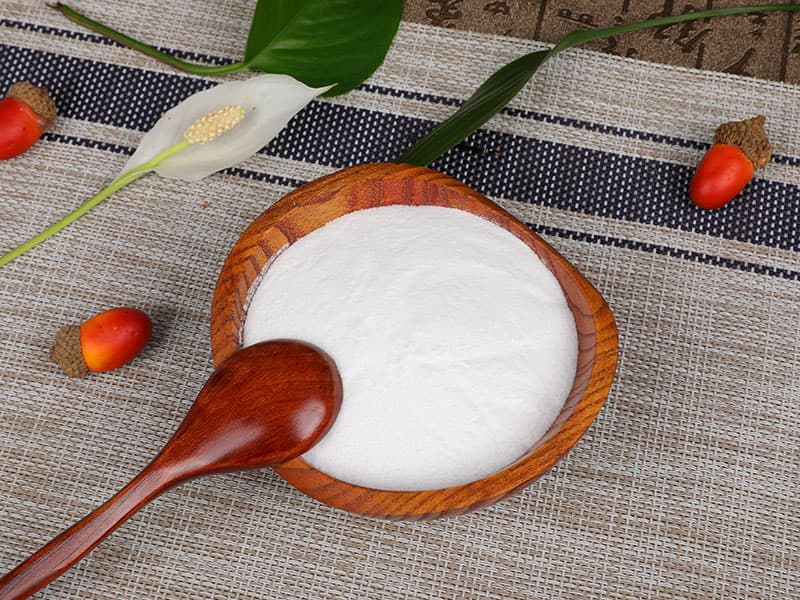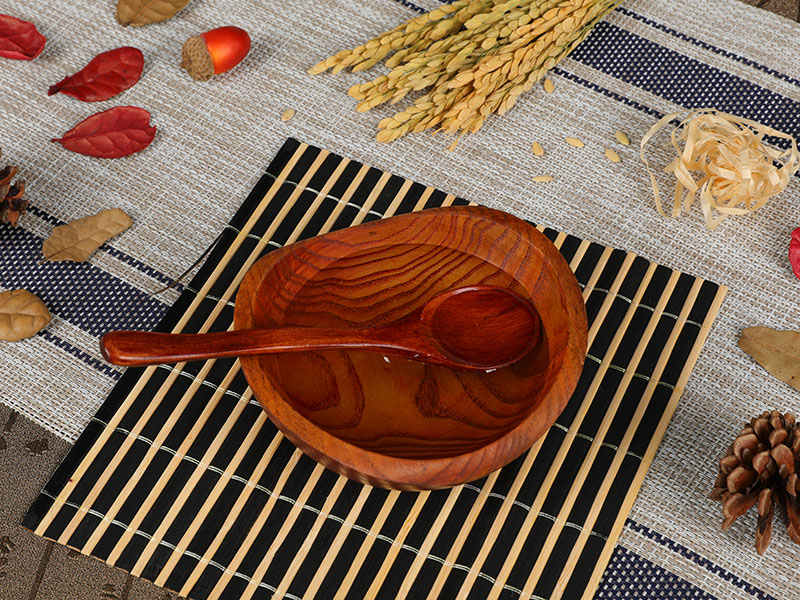Glucose is an organic compound that is found in food as dextrose. Glucose can be produced naturally in plants and vegetables or it can be synthetically manufactured.
It is a key metabolic fuel for cells and is used to replenish glycogen stores in liver and skeletal muscles. Glucose metabolites also produce all nonessential amino acids, sugar alcohols such as mannitol and sorbitol, and fatty acids.
Glucose
Glucose is the most abundant natural monosaccharide and is found in all living organisms. It is the starting material for almost all cellular energy production, including ATP production and glycolysis. It also serves as a building block of natural polysaccharides (glycans).
It is the only aldohexose that has all its hydroxy groups in the equatorial position, making it less reactive than other cyclic monosaccharides with proteins. This is one reason why glucose is less glycated than other monosaccharides and is more resistant to protein degradation, such as oxidation and gluconogenesis.
Glucose is dextrorotatory in water, meaning that it rotates polarized light clockwise when looking toward the light source. It is readily absorbed from the intestinal tract and enters cells through special glucose transporters from the major facilitator superfamily. It is converted to pyruvate in the liver, where it can then be used as an energy source for cellular processes or stored as glycogen. Glucose is also the first sugar to be absorbed from the gut into the blood.
Glycemic Index
The glycemic index is a measure of how quickly a carbohydrate increases blood glucose levels compared to pure glucose. Foods with low GI values can help people maintain tighter control of their blood glucose levels.
Glucose is the most abundant aldohexose in most living organisms and is an essential energy source for cells. It is also involved in the formation of a group of polysaccharides called glucans that provide structure to cells. Glucose is converted to a number of other monosaccharides and disaccharides, including fructose, galactose, mannose, fucose, and various uronic acids.
For glycemic index (GI) testing, the international standard stipulates that 50 g of anhydrous or monohydrated glucose should be used as the reference food to compare foods against. However, the international GI testing standards allow researchers a wide range of choices about their test plans and this variation may influence final GI scores and category designations for foods. This review highlights 6 significant choices that are allowed and identifies the 23 potential trial design variations they create.
Glycemic Load
Glucose is the principal carbohydrate that enters the bloodstream after we eat. It is converted to adipose tissue and used as a source of energy in many tissues. It also serves as a precursor to glucose-6-phosphate and a substrate for glycolysis, which produces ATP and other organic compounds.
Unlike most aldohexoses, glucose does not react nonspecifically with the amine groups of proteins and other molecules to form glycation end products. This is thought to be because of its relatively stable cyclic form, which does not spend as much time in its reactive open-chain form.
The glycemic index only tells us how quickly a particular carbohydrate-containing food raises blood sugar levels, but it does not take into account how much of that carbohydrate we actually consume when we eat the food. A separate measurement, glycemic load, takes this into account and gives a more accurate picture of a food's effect on our blood sugar. For example, watermelon has a high glycemic index, but a serving of it contains only 11 g of carbohydrate, so it has a low glycemic load.
Safety
The d- prefix in glucose refers to the fact that its four chiral centres all have dextrorotatory effects, unlike other open-chain sugars such as d-glyceraldehyde which has a single dextrorotatory effect from its C-5 chiral centre. Its d-glucopyranose ring can take several non-planar shapes, analogous to the chair and boat conformations of cyclohexane.
Glucose is commonly used in solution as an acidity indicator and sweetener. It can also be used as a wet granulation diluent and direct compression tablet binder. In addition, it is a component of many analytical methods including refractometers and the Oechsle determination in wine production. It is often derivatized using silylation reagents for chromatographic analysis. It can also be measured by enzyme-based methods such as glucose oxidase or peroxidase and by colorimetric methods such as Barfoed’s test. Glucose and other monosaccharides can be separated from mixtures by high performance liquid chromatography and gas chromatography. The isotope ratios of d-glucose and other sugars can be determined by mass spectrometry.


 English
English 中文简体
中文简体





